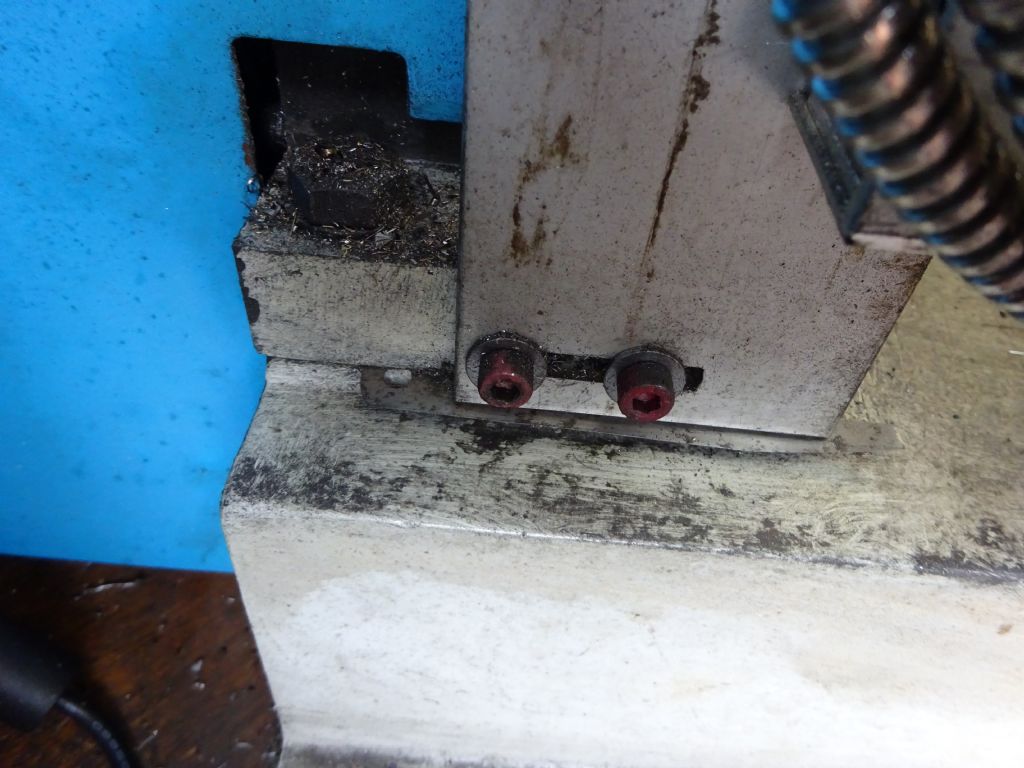Tramming the Sieg SX3
Tramming the Sieg SX3
- This topic has 31 replies, 19 voices, and was last updated 15 December 2017 at 16:46 by
robert swift 1.
- Please log in to reply to this topic. Registering is free and easy using the links on the menu at the top of this page.
Latest Replies
Viewing 25 topics - 1 through 25 (of 25 total)
-
- Topic
- Voices
- Last Post
Viewing 25 topics - 1 through 25 (of 25 total)
Latest Issue
Newsletter Sign-up
Latest Replies
- Mercer comparator gauge repair help.
- Painting mating surfaces
- 125 mm chuck onto my lathe
- interchangeable Myford beds
- Indicator bulb with bayonet mount needed
- Warco Super Major Milling Machine – Stripping Gearbox
- Smart & Brown Model L lathe help required
- Progress no.1 restoration
- boiler leak
- Bendy Flexible Plywood






